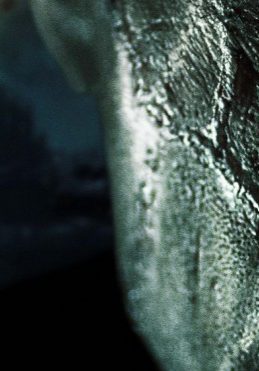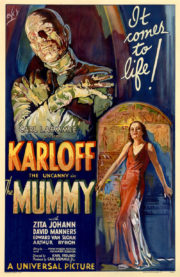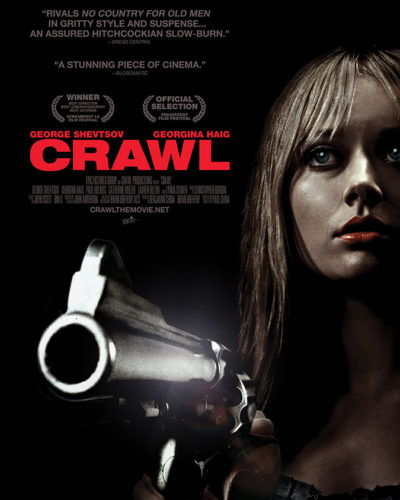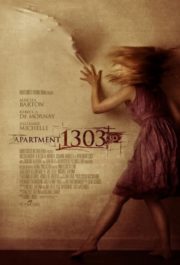Stitching New Nightmares: An Unconventional Resurrection
In the shadows of Mary Shelley’s iconic tale lurks the 2014 rendition of Frankenstein, directed by Bernard Rose. This iteration seeks to breathe new life into the classic horror story but ends up with an uneven gait. With Xavier Samuel starring as the Creature and a modern Los Angeles setting, the film attempts to blend a timeless monster with contemporary societal fears. It’s important to tread lightly here for those who wish to remain unmarked by spoilers, but in its essence, the story circles around a grotesque creation, named Adam, who is rejected by his creators and loosed upon an unreceptive world with child-like innocence and a growing taste for vengeance.
Monstrous Atmosphere: A Modern Gothic in LA
Foggy cemeteries and cobwebbed castles are traded for the underbelly of Los Angeles in this retelling of Frankenstein, which crafts its horror from the grotesque and an ambiance of alienation. Director Bernard Rose weaves an urban horror narrative that leans heavily on suspense and emotional dread rather than outright fear. The film’s tone teeters between pathos and savagery, portraying the creature’s evolving consciousness through a series of chilling interactions.
The film’s approach to tension fluctuates, its ambition ambitiously high but its grasp occasionally slipping on the execution. Moments that should sear the audience with foreboding occasionally fall flat, undermining the intended horror. However, when the film hits its stride, it creates a palpable unease that is the hallmark of an impactful horror experience.
Dark Lens on a Dark Tale
The cinematography of Frankenstein does not shy from the repulsive origins of its creature, using close-up shots to emphasize the grisly nature of life cobbled together from death. The color palette is wonderfully dreary, with the occasional burst of neon to remind viewers of the modern setting. While the special effects budget was not blockbuster level, the film employs practical effects to a convincingly macabre effect.
These visual elements combine to create a film that feels rooted in horror tradition, but the lack of innovative technique or style prevents the film from emerging from the shadows of its predecessors.
Eerie Melodies and Shouts in Silence
Sound in horror can often be a character unto its own, and in Frankensein, it certainly tries to be. The soundtrack is a mix of industrial and classical undertones, which serves to unsettle and emphasize the Creature’s dichotomous existence. The film understands the importance of silence too, utilizing it to amplify the blow of sudden revelations and the incessant ticking of moral decay.
However, it’s the sound effects that steal the show – every squelch and snap cements the physical horror that the Creature endures and inflicts. The auditory experience contributes substantially to the feel of the film, sometimes outpacing its visual counterpart in effectiveness.
Assembling Horror: Stitch by Stitch
The film benefits from Xavier Samuel’s performance, which conveys a credible transformation from bewildered naivety to monstrous rage. The complexities of his character are, unfortunately, not matched by the script, which sometimes leaves other characters feeling like unfinished drafts on Dr. Frankenstein’s slab.
While the film does tread familiar ground with body horror and gothic elements, it tries to stitch together a socio-political commentary within the narrative. Themes such as homelessness, the healthcare crisis, and human exploitation are laced throughout its running time, but the execution is not as precise as the cut of the surgeon’s knife. The horror is thus a mix of physical brutality and the psychological horror derived from searing rejection and unquenchable rage, which proves effective in some scenes more than others.
In terms of fright, the movie relies on a blend of gore and the unsettling transformation of its main character. This approach is more thought-provoking than many horror films that drench themselves in great waves of blood for mere shock value.
Who Should Venture Into This Modern Prometheus?
Horror newcomers might find the themes and gore off-putting, but aficionados of the genre who appreciate a narrative that seeks depth amidst the bloodshed may find this film a curious exploration. It’s a refreshing attempt at melding moral complexity with the visceral horror of its source material.
If comparisons are to be made, Frankenstein (2014) doesn’t quite reach the spine-tingling heights of genre classics like Bride of Frankenstein or delve as deep into existential terror as Cronenberg’s body horror masterpieces. However, for an audience more intrigued by character-driven narratives in their horror, this film offers a unique, if flawed, perspective.
Final Dissection: Is This Creation Worthy of Life?
While Bernard Rose’s Frankenstein boasts a convincing Creature and commendable atmospheric elements, it suffers from an uneven pace and underdeveloped supporting roles. The film’s strengths lie in its lead performance and the courageous decision to transplant an antiquated tale into the heart of modern social issues.
All things considered, this reanimated story does have merit. It may not send viewers bolting from their seats in terror, but it does offer a pensive, contemporary twist on a time-worn narrative that could appeal to those looking for horror with a hint of introspection. Potential viewers should be warned of the graphic content, which may serve as a trigger for some.
In the dappled shadows of great horror cinema, Frankenstein (2014) stands as an honorable, though not entirely spotless, attempt to reappraise a monster and its message for a modern audience.




